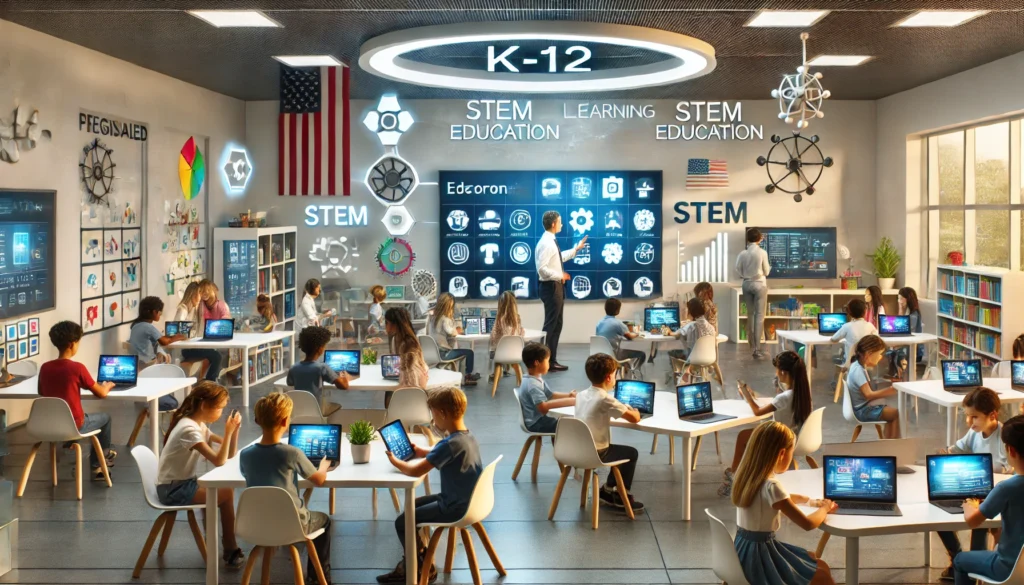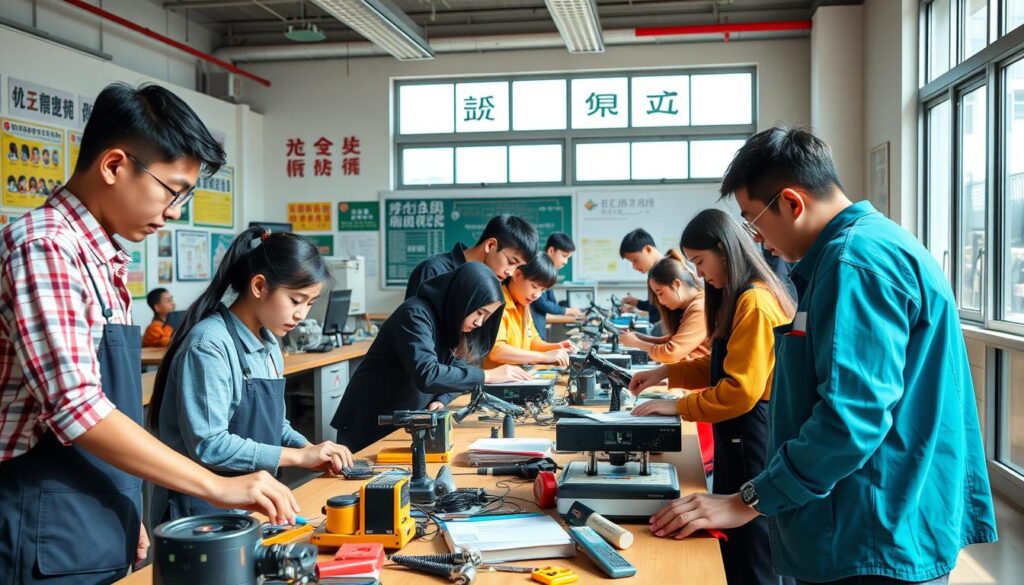
Schools in the U.S. are going through a major transformation as they adjust to new challenges and opportunities in education. Different innovative trends and strategies are shaping K-12 education’s future, improving student learning and preparing them for a fast-changing world. Here’s a look at the key developments in this changing landscape.
Customized Learning
Customized learning is revolutionizing the classroom by tailoring education to the unique needs and interests of each student. This approach uses technology and data to create personalized learning experiences, allowing students to advance at their own pace and focus on areas where they require additional support. By addressing individual learning styles and preferences, customized learning aims to make education more effective and engaging.
Digital Integration
The use of digital tools in education is revolutionizing how students learn. Interactive whiteboards, tablets, and educational software are now common in classrooms. Students gain access to a broad range of resources through these digital tools, which also support different learning methods. Being aware of technological advancements is crucial for students’ future readiness.
Emotional and Social Learning (ESL)
Emotional and social learning (ESL) is becoming a central focus in schools, emphasizing the development of students’ emotional and social competencies. ESL programs help students build skills like self-awareness, empathy, and effective communication. By fostering a supportive and inclusive environment, ESL contributes to students’ overall well-being and academic success, helping them manage emotions and navigate social interactions.
Hands-On Learning Projects
Hands-on learning projects are an instructional approach where students engage in real-world tasks that require critical thinking and problem-solving. This practical method allows students to apply their knowledge to meaningful activities, promoting deeper understanding and collaboration. Hands-on learning prepares students for real-life challenges by simulating scenarios where they must use their skills creatively and effectively.
Adaptable Learning Spaces
Contemporary classrooms are created to be versatile and flexible, accommodating different teaching approaches and educational tasks. With movable furniture and configurable spaces, these environments cater to different learning styles and encourage interactive, student-centered learning. The versatility of these spaces helps create a more dynamic and engaging educational experience.
STEM and STEAM Education
STEM (Science, Technology, Engineering, and Mathematics) and STEAM (which includes Arts) education are crucial for preparing students for careers in high-demand fields. Schools are expanding their STEM and STEAM programs to provide students with hands-on experiences and exposure to these subjects. By integrating these areas into the curriculum, schools aim to develop skills in innovation, creativity, and problem-solving.
Community and Parental Engagement
Recognizing the essential role of involving parents and the community in education for student success is increasing. Schools are building strong partnerships with families and local organizations to create a supportive learning environment. Engaging parents and community members enhances the educational experience and strengthens the connection between schools and the communities they serve.
As K-12 education continues to develop, embracing these innovations will play a crucial role in preparing students for the future. By focusing on customized learning, integrating digital tools, supporting emotional and social development, and fostering collaborative learning environments, schools can ensure that students are well-equipped to thrive in a transforming world.

